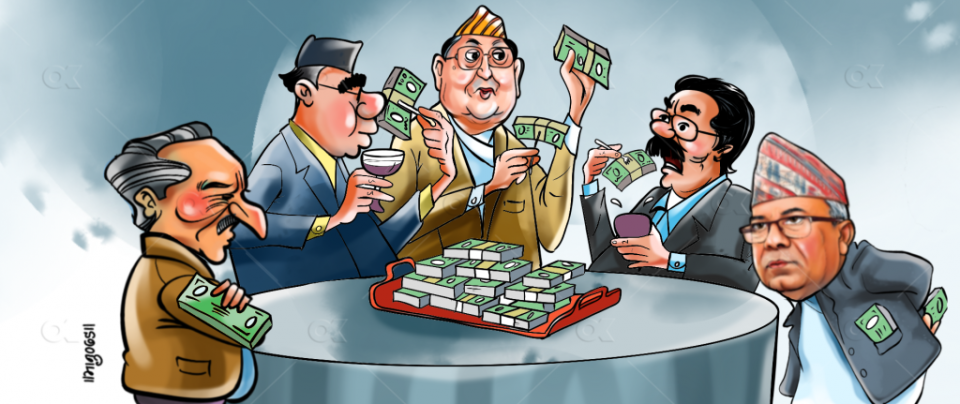
Many recent corruption scandals in Nepal have been connected to top leaders of major parties.
One fine day in 2002, the Commission for the Investigation of Abuse of Authority (CIAA) received a letter from Nepal Rastra Bank (NRB). The letter stated the sitting chief of Tribhuvan International Airport, Khem Raj Bhattarai, had amassed money and other properties illegally.
When the CIAA officials first saw the letter, they thought it was a hoax. But the officials called the NRB and found the letter was not a hoax, after which they raided Bhattarai’s house.
The CIAA officials found Rs 122,000 and USD 1,600 in cash along with many luxurious items and 84 bottles of high-end liquor. The officials also raided his wife’s bank locker and found half a kilogram of gold.
A few months later, CIAA officials were busy again. King Gyanendra Shah enacted Nepal’s new anti-corruption law, the Prevention of Corruption Act, 2002, which resulted in the CIAA officials raiding the houses of 22 government officials working in revenue and customs offices at hone. Out of the 22, only three escaped trial.
After three decades of the Panchayat system ended, Nepal was established as a multiparty democracy in 1990. Despite big hopes, the new system brought a lot of instability in its first decade. Government officials working in customs, revenue and construction took advantage of the instability, which necessitated a new anti-corruption law.
“The people then were proud of how much property they could amass through bribery and corruption,” says an undersecretary working in the justice system, “It was normal for these officials to buy luxury goods and showcase them and make people jealous.”
The life of a government staffer until 2000 was quite easy as times were simple back then. Officials who worked in offices where they could earn money through other means did not have ways to spend it. The land was cheap, but they could not buy excess land as it would raise suspicion. Buying other items would raise suspicion too. Hence, many started hoarding cash and gold at home as there were no investment opportunities.
“With the new anti-corruption law, we wanted to take action against people like these,” says a current judge who worked for the CIAA then.
It has already been more than 20 years since the law came into effect. But, in retrospect, the law largely failed in its target to control corruption in the country.
The first action
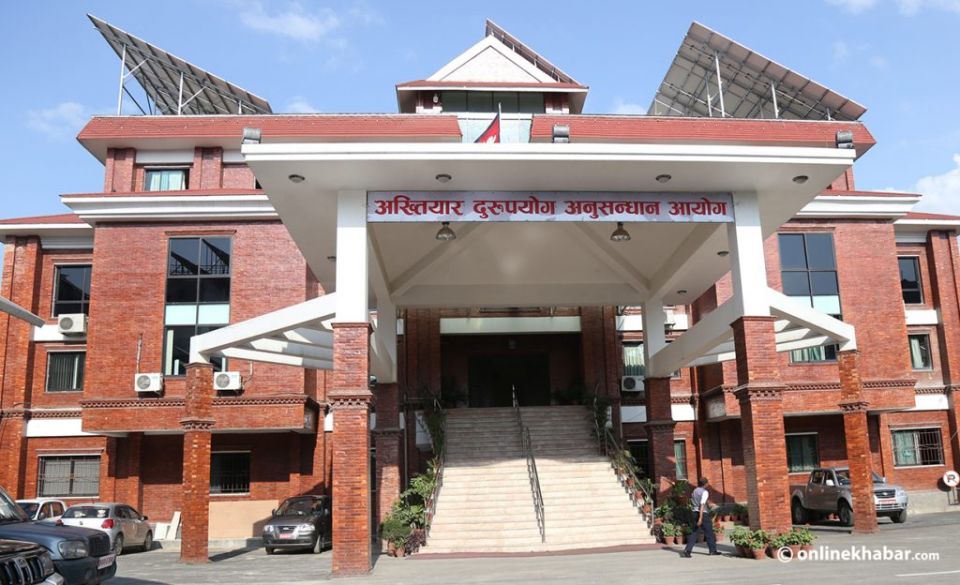 The Commission for the Investigation of Abuse of Authority (CIAA) central office in Kathmandu
The Commission for the Investigation of Abuse of Authority (CIAA) central office in Kathmandu
King Gyandendra Shah, after taking the throne following the 2001 royal massacre, wanted to put an end to this and passed four acts to prevent corruption.
Following that, news of corruption in various government organisations started to surface starting with the Royal Nepal Airlines corruption case and many others including the Sugar scandal and Dhamija scandal.
Post 2000s, other scandals came to light including the Pajero and Prado scandal, the Czech Air scandal, the China South Air scandal and the Lauda Air scandal. The state made little progress in these cases as it did not find enough proof. Following this, a new provision was made in the Prevention of Corruption Act, based on the concept of investigating the assets of those who commit corruption and hide the evidence.
Section 20 of the anti-corruption law provided that any public servant and public office holder can be investigated and prosecuted if they are found to have acquired unnatural wealth compared to their legitimate earnings. Surya Nath Upadhyay, the then head of the CIAA, who found such a strong legal tool in the new anti-corruption law, took action by making a list of 22 people with the help of a core team.
According to the concept of illegal wealth acquisition, the authority investigates if people in public service acquire unnatural and disproportionate assets. If it is confirmed that the asset is illegal and if the person cannot reveal the source, it is considered corruption. If the charges of corruption are confirmed, there is a provision of imprisonment for up to two years and a fine as per the amount of corruption done and confiscation of illegal property.
According to the investigation officers at the time, the CIAA started investigating the acquisition of illegal assets based on two important bases. Firstly, complaints were being filed against employees who had earned wealth overnight.
A parliamentary committee formed under the leadership of Pari Thapa submitted a report on the alarming situation of revenue leakage. Around the same time, the Property Investigation Commission formed by the government under the leadership of Supreme Court Justice Bhairav Prasad Lamsal started investigating the property of those who assumed public office after 1990. Based on the report submitted by him, the authority was investigating high-ranking officials and prosecuting them.
By 2006, based on the anti-corruption law, the CIAA prosecuted former ministers Govinda Raj Joshi, Khum Bahadur Khadka and Jay Prakash Gupta, ultimately ending their political careers. Several other former secretaries and heads of various institutes were also dragged for earning unnatural wealth. Gokarna Paudel, the private secretary of the then Prime Minister Girija Prasad Koirala, was also charged with corruption but was acquitted later.
The waning days
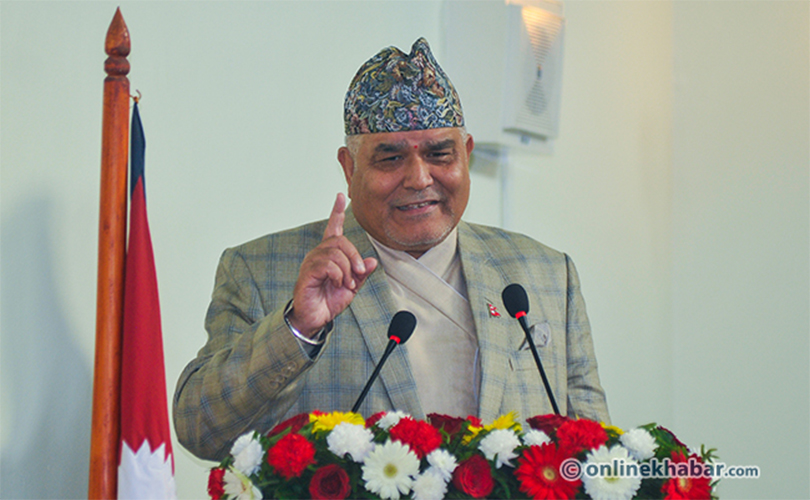 Former CIAA chief Lokman Singh Kar
Former CIAA chief Lokman Singh Kar
But after 2013, the CIAA has not been able to prosecute many high-ranking officials as it has only prosecuted ex-minister Ram Kumar Shrestha.
In 2006, when Upadhyay was head of the CIAA, he was accused of acting in the interest of the palace by attacking those affiliated with Nepali Congress and not the UML.
“What the CIAA did was a political attack on parties,” says former Nepali Congress lawmaker Radhe Shyam Adhikari. “This is mentioned in former lieutenant general Vivek Kumar Shah’s book.”
After Upadhyay’s retirement, no cases of illegal wealth acquisition were conducted due to the absence of the CIAA head. But, during this time, corruption cases continued in the country, but people stopped showing off their wealth, learning from the past mistakes of others.
“There was a time when these officials bought chandeliers worth Rs 2 million to put in their new houses. After 2006, the sale of items like these stopped,” says a former CIAA official.
While the anti-corruption law was dormant, Finance Minister Ram Sharan Mahat introduced the Self Declaration of Income programme in the 2000/01 budget. The programme would legalise the person’s undisclosed asset or wealth if s/he paid a tax. The CIAA had filed a case at the Supreme Court, asking to revoke the decision and the court did so, deeming the assets of many government employees illegal.
But that move did not help the CIAA as people stopped showing or boasting wealth in the public. These people, instead, started investing money in the name of relatives and friends. It means the anti-corruption law could not use its powers.
“These people did not trust their brothers or sister. Instead, they started to put money in the accounts of their in-laws. Hence, the CIAA started to investigate their in-laws too,” says the former CIAA official.
Between 2002 and 2003, after the activism of the authorities, people in public positions started hiding their wealth even more. Those who were under investigation for illegal wealth acquisition were getting acquitted.
“People started to get clever,” he says.
Attacking the weak
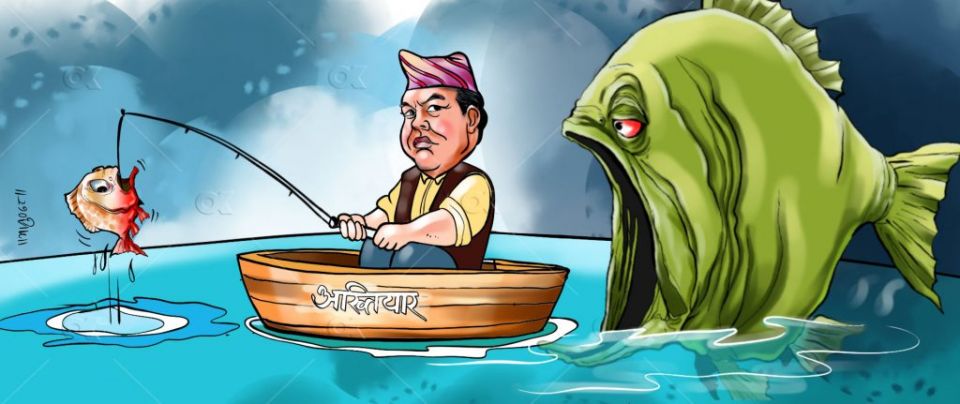
When the Maoist war was at its height, people displaced from all over the country started coming to Kathmandu. Land prices started to rise. Those who earned through corruption but had to hide their assets due to fear of authorities invested in land in the name of relatives.
Meanwhile, following Upadhyay’s retirement, the CIAA did not have a commissioner for five years. It means the anti-corruption law gathered dust.
In 2013, Lokman Singh Karki became the chief commissioner. There were rumours that using the anti-corruption law, he was going to take action against corrupt individuals. Using the report prepared by Lamsal, Karki took action against a few. But then, he did nothing in regard to major corruption cases.
Yet, a 13-page form of the CIAA continued to terrorise government employees among others. Karki even said that he would investigate the properties of lawmakers Surendra Pandey, Bijay Poudyal and others who raised questions about his activities.
A Supreme Court order in 2017 ended Karki’s rule at the CIAA, but it did not make any impact on the commission’s proactiveness in properly utilising the anti-corruption law.
In the last decade, only 68 cases of illegal wealth acquisition have been filed by the CIAA including two in the current fiscal year. Interestingly, most of the cases are against lower-level employees. A number of cases have been filed against secretarial-level employees.
As in other cases of corruption, the authority has limited the investigation of illegal wealth acquisition to non-political public officials. If we look at one exception, in the last five years, investigations have not been carried out on ministers, parliamentarians, and high-ranking officials who have been politically appointed.
Two years ago, when Navin Ghimire became the chief commissioner, the investigation into illegal wealth acquisition intensified, and like before, the investigation was limited to lower-level civil servants. Sources of the authority say that despite the complaint, the authority has not been able to proceed with the investigation against the then army chief Rajendra Kshetri, retired chief justice Gopal Parajuli and others. Using the anti-corruption law, the authority led by Ghimire prosecuted about 30 illegal property cases.
“But the CIAA acts like the powerful never make mistakes. They show they are working by taking action against low-level employees and do nothing to those with power and political influence,” says former secretary Mukti Rijal.
Why do investigations fail?
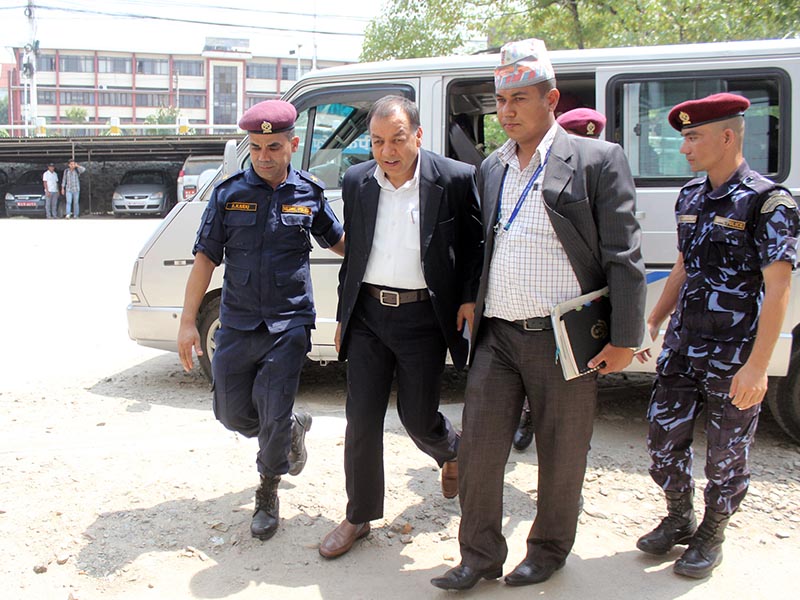
Former revenue official Chudamani Sharma being taken to court by a CIAA team
There are many reasons why investigations carried out using the anti-corruption law against big officials fail. Many have learnt from the mistakes of former officials and kept properties and money amassed under the names of relatives.
Apart from that, there were also different ways to legalise their assets. After the CIAA took action against the 22 revenue officials, other government staff started to find ways to legalise their assets. Some were so clever that the CIAA found nothing in their houses.
“We had so many complaints against Bijaya Gachhadhar, but had no proof,” says a former CIAA official.
Former Nepal Oil Corporation chief Digambar Jha was another one that got away from the CIAA officials who say he always got appointed to high-ranking positions using his political sources.
“We investigated his property details but got nothing. I don’t know why,” says the official.
Officials of the authority accept that the informal economy that has grown in recent times, land transactions and its price increase make it easy for people to legalise their assets and earnings notwithstanding the anti-corruption law.












